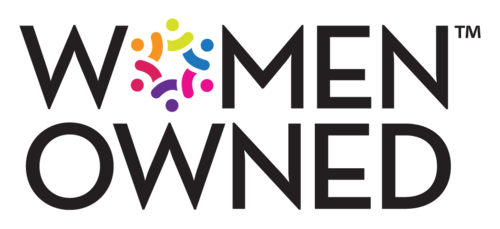“Thank goodness that project is finally over. We got in done, in the long run, but it was miserable. We delivered on barely 75% of what we wanted and we ran over on time and budget. In fact, 30% into the project we did a “re-set” so if we use that start date, we were really over.”
If you’re reading the above quote, you may be tempted to pick up the phone and call me out for revealing confidential information about your last, frustrating project. In reality, this imaginary quote could be from anyone. So many projects initially miss the mark that MOST projects end up with some major correction along the way. Years ago, teams would just forge ahead. More often now, project managers and PMO staff with under performing projects will find themselves called on the carpet and they—or their successors—re-set or restart the project, hoping to keep it better in line.
Professionally trained Project Managers may spend weeks crafting the project plan. The huge list of tasks, hours and resources didn’t keep the project on-track. Even the weekly meeting to review the Gant chart, with its dependencies and milestones, somehow always devolved into discussions of roadblocks and delays.
Why do so many projects veer off course? For the Agile enthusiast, it’s simple. The project plan is dead. The best way to keep the project on course is to break it up into small development deliverables, run well-supervised sprints via daily scrums and develop a constant feedback loop with users. That way, the project is guaranteed to deliver.
Or is it? Agile teams can veer off course easily as well, particularly if the team loses sight of the target state. Whether you use Waterfall, LEAN, Agile or some newer, cooler methodology your project team needs to understand where you are now, where you are ultimately headed and how you plan to get there. The Project Map is the tool to get you there. Visit our website here for more information.
What is a Project Map?
A Project Map does the following:
1) Maps the path from Current State (CS) to Desired Target State (DTS).
2) Identifies the Major Milestones to get from the CS to the DTS.
3) Identifies the Knowledge, Skills and Experience needed to execute those Milestones.
Stay tuned for follow-up blogs that will show you how to create your own Project Map.




